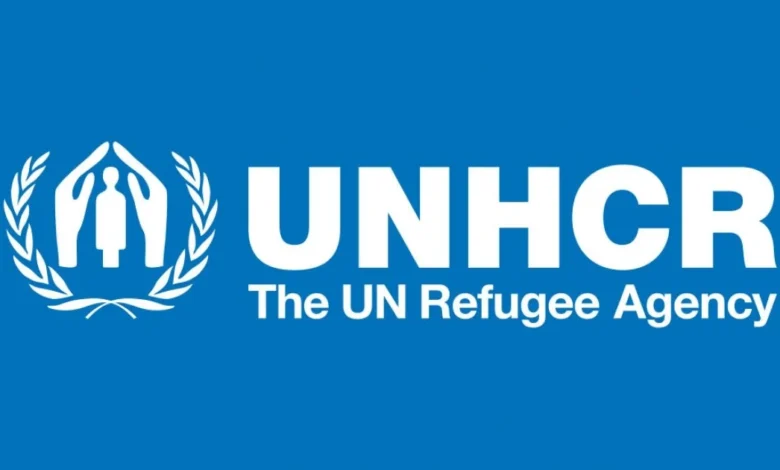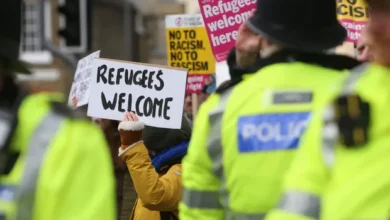UNHCR: Displacement Levels Set Another Record

June 16, 2022 – UNHCR
Although some signs of progress have been registered, the speed and scale of forced displacement are outpacing the solutions available to refugees.
The number of people forced to flee their homes each year has risen over the past decade, reaching its highest level since records were introduced, a trend that can only be reversed with a new, coordinated push toward peacemaking, UNHCR said.
By the end of 2021, the number of people displaced by war, violence, persecution and human rights violations reached 89.3 million, up 8 percent from the previous year and more than double the number 10 years ago, according to UNHCR’s annual Global Trends report. .
Since then, Russia’s invasion of Ukraine – which triggered the fastest and largest forced displacement crisis since World War II – and other emergencies from Africa to Afghanistan and beyond have pushed the number past the 100 million mark.
“In every year of the last decade, the numbers have been rising,” said the UN High Commissioner for Refugees, Filippo Grandi. Either the international community comes together to act urgently to address this human tragedy, resolve conflicts and find lasting solutions to it, or this terrible trend will continue.”
The past year has been marked by a number of conflicts that have flared up and new ones have begun. According to the World Bank, 23 countries, with a combined population of 850 million, experienced moderate or high intensity conflict.
Meanwhile, food scarcity, inflation and the climate crisis are all exacerbating the suffering of the population, putting pressure on humanitarian response efforts at a time when funding solutions appear bleak in many operations.
The speed and scale of displacement continues to outpace the availability of solutions for refugees and displaced persons – such as voluntary return, resettlement or local integration. However, there was also a glimmer of hope in the Global Trends report, as the number of refugees and internally displaced people rose in 2021, to return to pre-coronavirus levels, accompanied by an increase in the number of voluntary repatriations by 71 percent.
Although the estimated number of stateless people increased slightly in 2021, around 81,200 people have either received or had citizenship confirmed – the largest decrease in statelessness since UNHCR launched the I Belong campaign in 2014.




